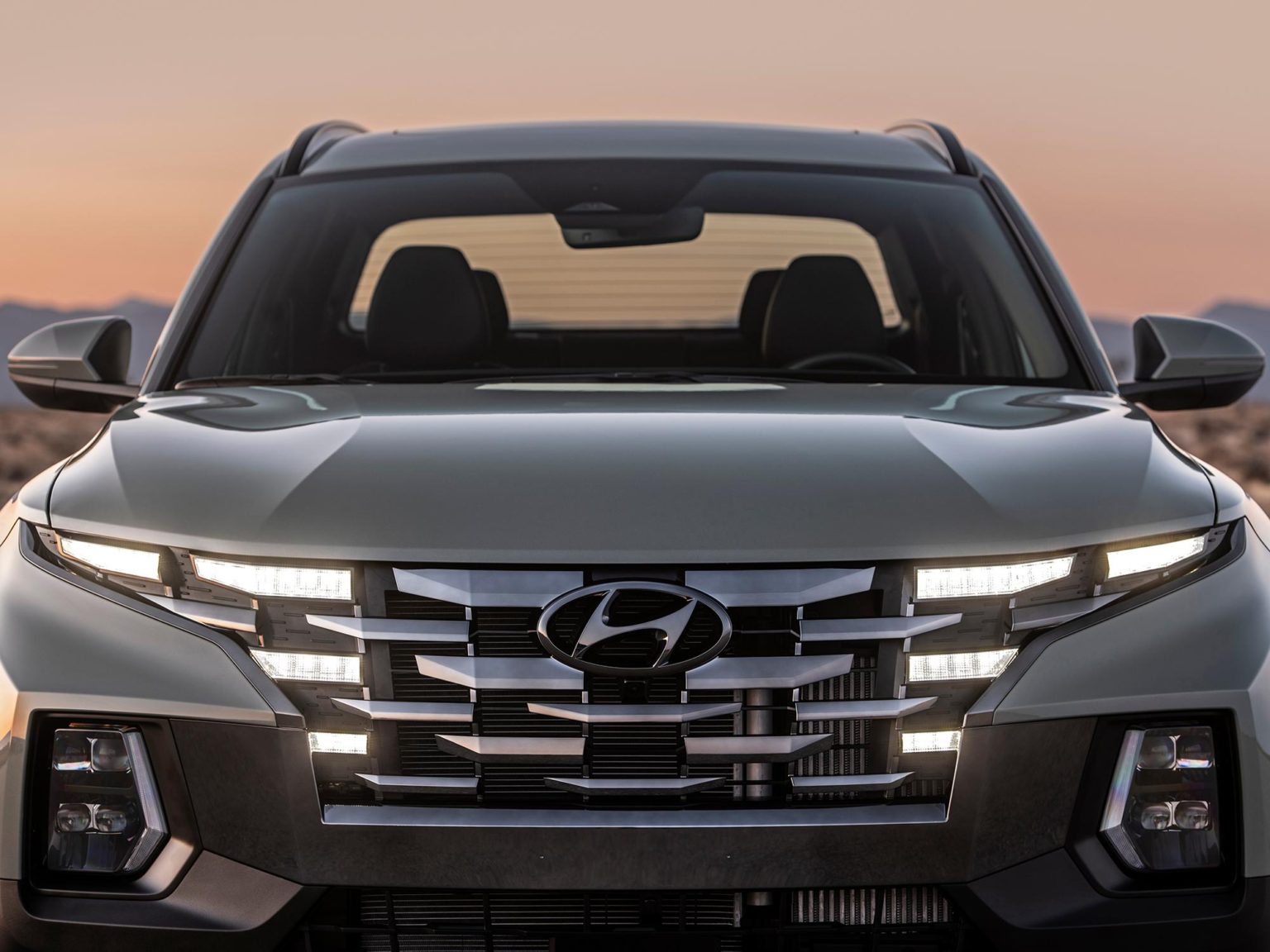The 2022 Hyundai Santa Cruz has arrived. Half a decade after the Santa Cruz concept was the belle of the ball at the North American International Auto Show, the production version of the truck has shown its face.
It’s important that one thing is crystal clear. The 2022 Santa Cruz isn’t designed to compete with the Ford F-150. It also isn’t a Ford Ranger rival. Ford sees it as competition for its forthcoming Maverick pickup and it’s not wrong. But, the Santa Cruz is also expected to compete more against the unexpected.
It’s a model that likely appeals to Subaru Crosstrek and Outback owners in the same way that the Subaru Baja did back in the day. It’s also one that owners of another Ford, the Bronco Sport, may have their eye on. It’s adventure-ready thanks to its all-wheel drive technology and equipment, but not as off-road-ready as a Wrangler.
The Subaru Crosstrek grew more powerful for the 2021 model year with a fresh engine option.
Photo courtesy of Subaru of America Inc.
Then there’s the inevitable comparisons to the Honda Ridgeline. The two have a lot in common, but they’re not necessarily for the same crowd though they both have untraditional looks, a trunk in the bed, and SUV-like interiors. That’s not a bad thing. SUVs are notoriously more comfortable and tech-forward than trucks, but there’s a lot of utility there as well. The Ridgeline is bigger than the Santa Cruz.
Sure, it’s easy to look at the Santa Cruz and immediately think that it’s just a Tucson wearing a truck suit. You’d be wrong, to an extent. The only shared components between the Tucson and the Santa Cruz are in the cabin. The platform and body of the Santa Cruz has been stretch sideways and lengthened beyond the dimensions of the SUV, and its wheelbase is longer. The grille and shoulders are designed to be more aggressive.
That length is a sweet spot in the automotive market as trucks grow in size. Have you seen a GMC Sierra HD lately? Massive presence! The Santa Cruz has dimensions more like a midsize SUV meaning that it is easy to parallel park and fits into a parking garage with aplomb, which is especially important for urban dwellers and those along the California coast.
The GM trucks – GMC Sierra, Chevrolet Silverado – have grown substantially in the last few years, with their heavy-duty versions becoming even larger.
Photo courtesy of GMC
The face of the Santa Cruz is the face of the new Tucson. That was the plan all along. The truck was never designed to be bigger or have a grille that is like the Palisade’s. That plays into the whole thesis behind the truck’s existence to begin with.
It’s not meant for the job site, unless your job happens to be as an REI adventure guide. It’s not meant to tow your 4x4s around the country, but it can take your surfboard and mountain bike on board. A tent and some luggage? Done. Easily handled.
The biggest thing that the Hyundai Santa Cruz isn’t is a sacrifice. It checks many boxes, is obviously the product of a lot of customer research, and is likely to deliver a lot of bang for the buck (pricing isn’t available yet).
Instead of trying to define the Santa Cruz, maybe it’s time to start taking a look at redefining what it means to be a truck. The GMC Hummer EV would like a word.








